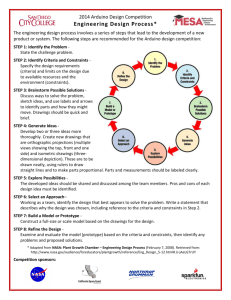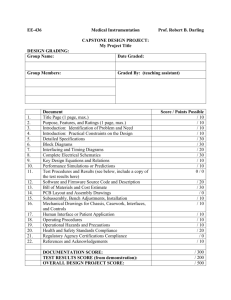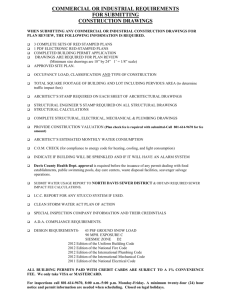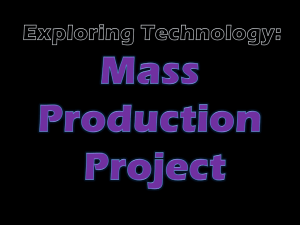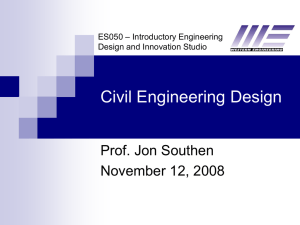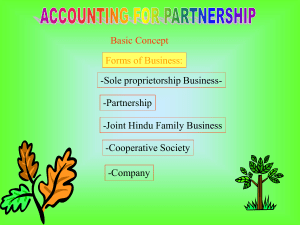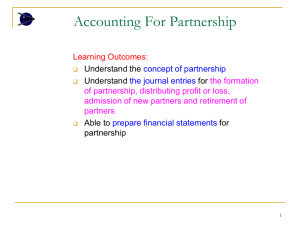The Water Cycle
advertisement
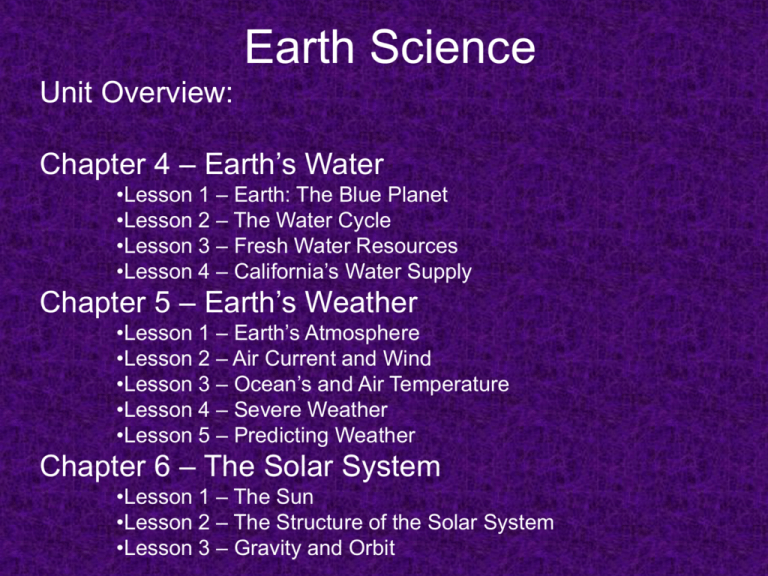
Earth Science Unit Overview: Chapter 4 – Earth’s Water •Lesson 1 – Earth: The Blue Planet •Lesson 2 – The Water Cycle •Lesson 3 – Fresh Water Resources •Lesson 4 – California’s Water Supply Chapter 5 – Earth’s Weather •Lesson 1 – Earth’s Atmosphere •Lesson 2 – Air Current and Wind •Lesson 3 – Ocean’s and Air Temperature •Lesson 4 – Severe Weather •Lesson 5 – Predicting Weather Chapter 6 – The Solar System •Lesson 1 – The Sun •Lesson 2 – The Structure of the Solar System •Lesson 3 – Gravity and Orbit The Water Cycle Lesson Overview: 1) What do we already know? (Earth's Atmosphere) 2) Vocabulary 3) Drawings 4) Main Ideas 5) Review Earth’s Water: Lesson 2 The Water Cycle What do we already know? Page 1 BrainPOP Teaser 1) The earth’s surface is covered mostly in water or land? a) 2) How many oceans does the earth have? a) 3) Is the ocean salty or fresh? a) Earth’s Water: Lesson 2 Page 2 The Water Cycle: Vocabulary Part I 1) condensation: when water vapor in the air condenses 2) sea breeze: the movement of air from water to land 3) land breeze: the movement of air from land to water Earth’s Water: Lesson 2 Page 3 The Water Cycle: Vocabulary Part II 4) fog: a cloud that forms near the ground 5) precipitation: water that falls from the air to the ground as rain, sleet, hail or snow 6) water cycle: is the continuous movement of water between Earth’s surface and the air as it changes from liquid to gas to solid to liquid Earth’s Water: Lesson 2 Page 4 The Water Cycle: Drawings Earth’s Water: Lesson 2 Page 5 The Water Cycle: Drawings (pg. 192) Earth’s Water: Lesson 2 Page 6 The Water Cycle: Drawings (pg. 193) Earth’s Water: Lesson 2 Page 7 The Water Cycle: Drawings (pg. 194-195) Earth’s Water: Lesson 2 Page 8 The Water Cycle: Drawings (pg. 196) Earth’s Water: Lesson 2 Page 9 The Water Cycle: Main Ideas 1) What makes water change form? (pg. 190-191) a) Temperature Quick Check (pg. 191) -Sequence: What happens to water in a pond during the year? a) Evaporation – Condensation – Freezing Melting Earth’s Water: Lesson 2 Page 10 The Water Cycle: Main Ideas 2) What happens to water after it evaporates? (pg. 192-193) a) It turns into water vapor and is carried around with the air. Quick Check (pg. 192) -Critical Thinking: What makes air move? a) Temperature change Earth’s Water: Lesson 2 Page 11 The Water Cycle: Main Ideas 3) How do clouds form? (pg. 194-195) a) Water vapor rises into the atmosphere and cools and condenses around dust to form clouds. Earth’s Water: Lesson 2 Page 12 The Water Cycle: Review 1) Summarize the main ideas 1) Click to Watch! 2) Think, Talk, and Write Earth’s Water: Lesson 2
